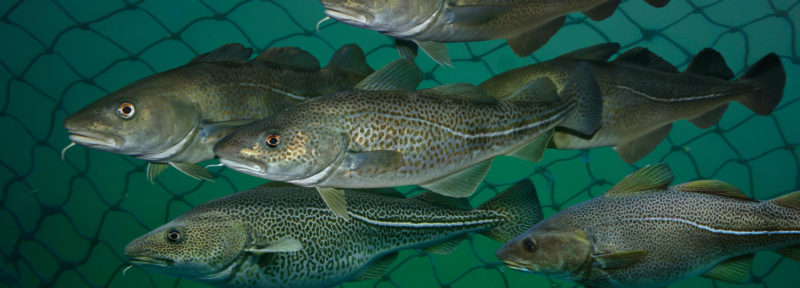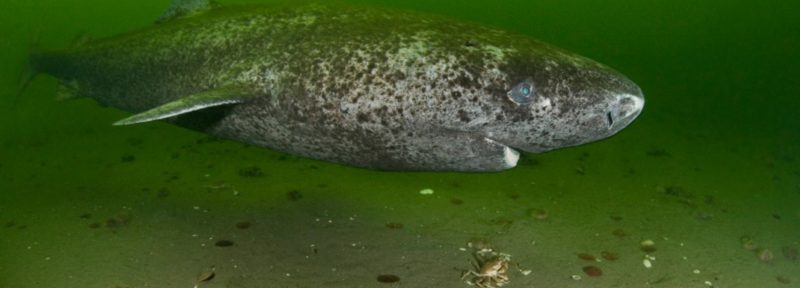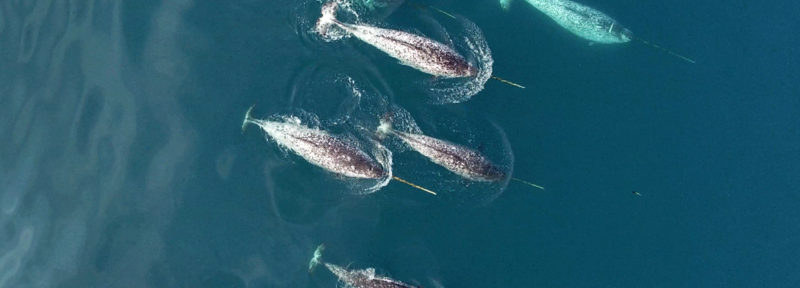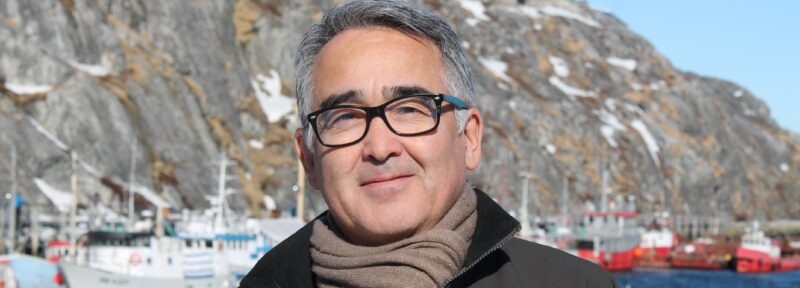Canada prohibits industrial activities, including oil and gas and bottom trawling in marine protected areas, makes progress towards international targets
FOR IMMEDIATE RELEASE: APRIL 25, 2019
Kjipuktuk (Halifax), Nova Scotia: Canadian environmental organizations are applauding new steps towards stronger protection of the marine environment. Today, the government of Canada announced that it has adopted strong standards for marine protected areas (MPAs), including the prohibition of oil and gas development and bottom trawling.
At the Nature Champions Summit this week in Montreal, Canada’s Minister of Fisheries, Oceans and the Canadian Coast Guard, Jonathan Wilkinson, declared that all newly created MPAs will prohibit oil and gas, bottom trawling, mining and dumping within their limits.
Canada, which has the longest coastline of any country, is committed to protecting 10% of its coasts and ocean by 2020, in line with international biodiversity targets. Yet while many new MPAs have been created, numerous groups have expressed concern about the quality of protection: in some cases, potentially harmful activities have been allowed in these supposedly “protected” areas.
“For over 25 years, CPAWS has advocated for higher protection standards, so we are very pleased today to see the announcement by the federal government that it will ban oil and gas, mining, bottom trawling and dumping in all of Canada’s MPAs. Canadians have been clear that they are strongly in support of these new measures,” said Sabine Jessen, National Director of the Ocean Program for the Canadian Parks and Wilderness Society (CPAWS).
In order to reach its protection targets in a short timeline, Canada has used powers under the Fisheries Act to protect 4.48% of the marine and coastal environment from the majority of bottom fishing activities. Known as “marine refuges,” these areas are distinct from MPAs. Canada counted these refuges towards its 10% protection target even though they remained open to other harmful industrial activities such as oil and gas extraction. With today’s announcement, that has changed.
“We are pleased that Canada has decided to not count areas with active oil and gas drilling,” says Susanna Fuller of Oceans North. “These closures have largely been supported by the fishing industry and it’s important not to pit one industry against another. This also ensures protection for fragile seafloor ecosystems like corals and sponges.”
The Minister also officially designated the Laurentian Channel as an MPA under Canada’s Oceans Act. An important migratory passage for right whales, leatherback turtles and many other species, this 11,580–square-kilometre submarine valley will become the largest protected area in Atlantic Canada, and brings Canada’s total marine protection to 8.27%.
“The designation of Laurentian Channel as an MPA has been a long time coming,” says Sigrid Kuehnemund, vice president of ocean conservation at WWF-Canada. “When the initial regulations were proposed in 2017, oil and gas drilling remained a possibility. We urged Canadians to write to the Prime Minister and Minister of Fisheries and Oceans to make clear that oil and gas is not compatible with conservation — and over 70,000 answered the call. With the new regulations and prohibitions, it is evident that our government listened.”
In addition to today’s announcement, Canada is in the process of modernizing its Fisheries Act and amending both the Oceans Act and the Canada Petroleum Resources Act. When passed into law, these reforms will provide a strong framework to protect both marine species and Indigenous and coastal communities where people’s livelihoods are intricately tied to healthy marine environments.
– END –
For more information:
Alex Tesar, Oceans North, Communications Specialist
oceansnorth.org
[email protected]
+1 902-292-2573
Jennifer Scott, CPAWS cpaws.org
+1 613-569-7226 x 234
Antonella Lombardi, WWF Canada, Communications Specialist
wwf.ca
[email protected]
+1 647-668-4613




